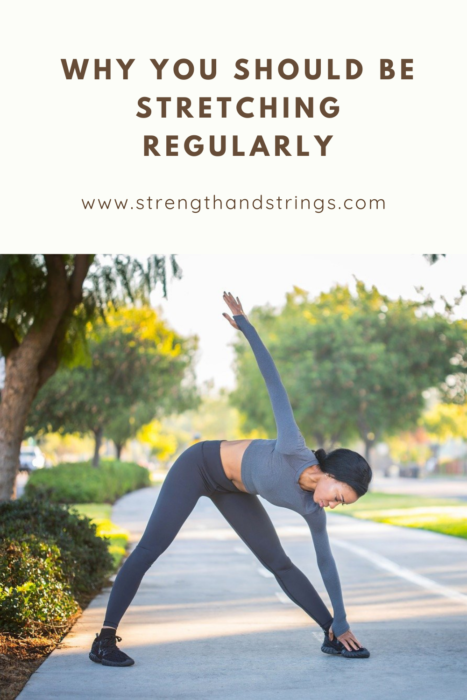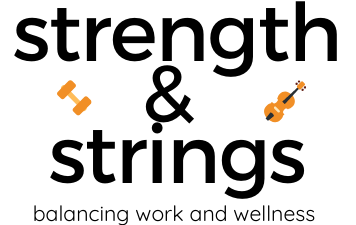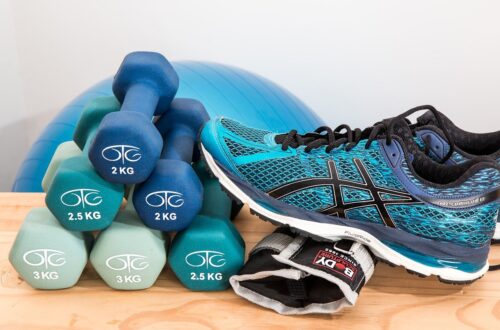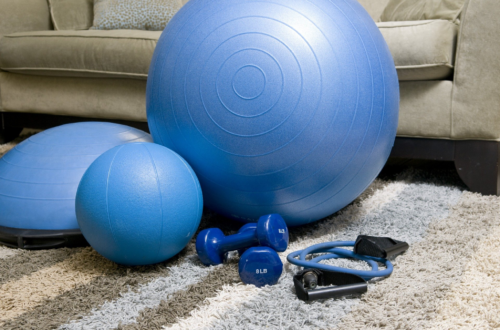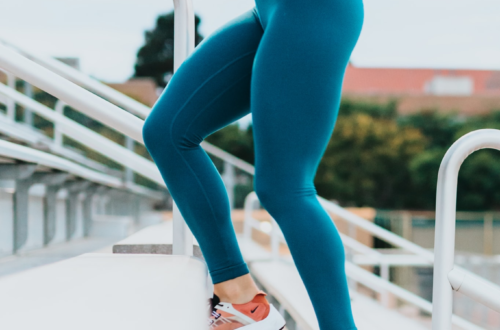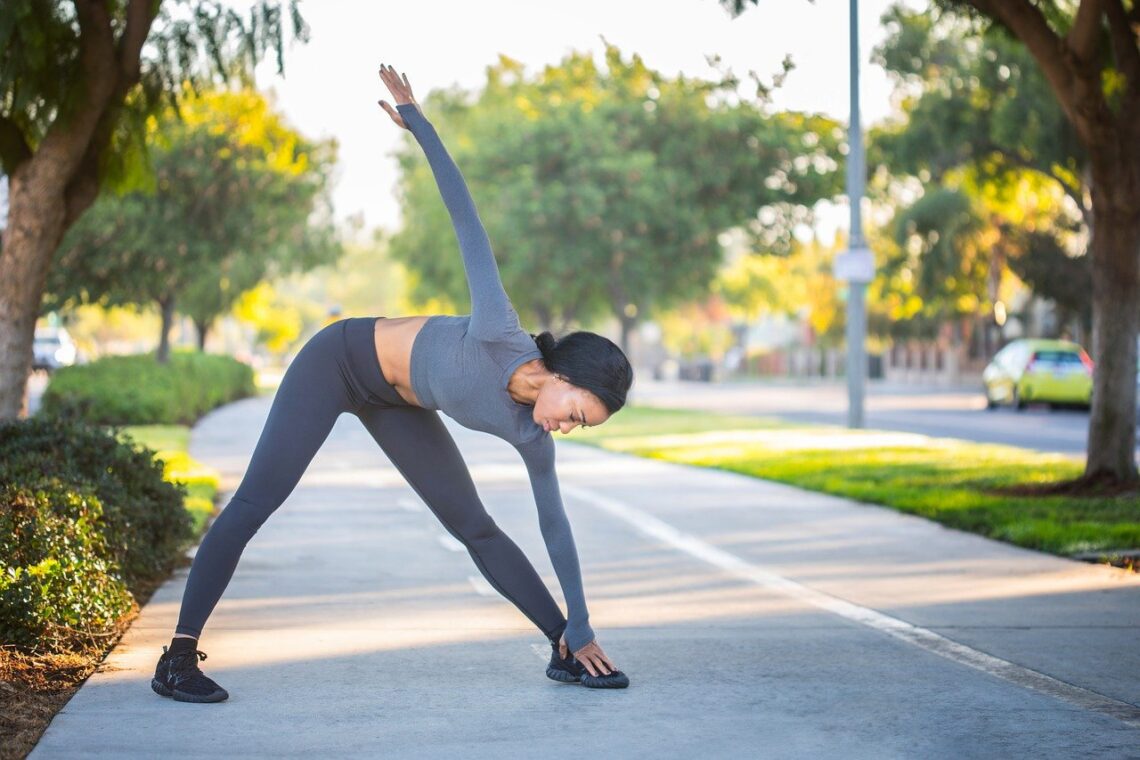
Why you should be stretching regularly
This page contains affiliate links. Purchasing an item through these links will provide me a commission at no additional cost to you. Please see my disclaimer, privacy policy, and terms of use for additional information.
Are you stretching regularly? If not, you should be.
For a while, I was consistently stretching after my workouts and longer yoga sessions on my rest days. However, moving into my new home and living in the house during renovations made my usual routine difficult and ended up skipping my bi-weekly yoga sessions for weeks.
Well, my lack of stretching finally caught up with me at my most recent sports massage therapy appointment.
Before this appointment, I was experiencing more tightness than usual in my right shoulder throughout the day and during my upper body workouts. My shoulder was clicking during shoulder presses and I had a hard time activating my right lat when I was using the lat pulldown machine.
Since my shoulder was so tight, my massage therapist had to use cupping therapy on me, resulting in the “lovely” circular marks on my shoulder. I was annoyed about the marks, however, my lack of stretching forced my massage therapist to use them.

If my recent experience did not convince you to start stretching right now, continue reading to learn more about the importance of flexibility and why you should stretch on a regular basis.
Flexibility and stretching
Flexibility is one of the five health-related components of fitness necessary for a well-rounded fitness routine.
In particular, flexibility is the ability to move a joint through its complete, intended range of motion (American Council on Exercise (ACE)).
When people think of flexibility, we often think about touching our toes and performing splits. However, having great flexibility is more than that.
Being flexible allows you to complete daily activities without discomfort like picking up something off of the floor, twisting to the side or lifting your arms over your head.
The act of stretching helps lengthen and loosen the muscles and connective tissues around your joints. Like many other things, consistent stretching helps improves flexibility over time.
Benefits of stretching
According to ACE, 10 benefits of stretching are:
- Decreased muscle stiffness and increased range of motion
- Reduced risk of injury
- Increased relief post-exercise aches and pains
- Improved posture
- Reduction or better management of stress
- Reduced muscular tension and enhanced muscular relaxation
- Improved mechanical efficiency and overall functional performance
- Better prepares the body for the stress of exercise
- Increased circulation
- Decreased risk of low-back pain
Source: ace.org
How long should I stretch for?
Ideally, you should aim to stretch for 20-30 minutes at least three times a week. If you cannot stretch for that long, even 5 minutes of stretching provides benefits. Keep in mind that shorter, more frequent can provide be more beneficial than one long session.
Before my temporary hiatus, I was doing hatha or yin yoga sessions during my rest days. Similar to my workout routine, I block out 20 to 30 minutes of my day for flexibility training. My favorite routines are from the Down Dog app (I receive a free subscription through my job) and Blogilates.
Types of stretching
Now that you have learned the benefits of stretching, let’s briefly explore the types of stretching.
- Static stretching = holding a position that stretches a specific muscle for 15-60 seconds
- Dynamic stretching = moving in and out of a position that stretches a specific muscle
- Active Isolated Stretching (AIS) = contracting the opposite muscle from the one you are stretching, holding it for two seconds, then relaxing, and repeating 8 to 10 times
- Myofascial release = foam rolling and massage balls
In general, you should perform dynamic stretching before exercise and static stretching afterwards. AIS and myofascial release can be done after a workout or during recovery days.
Read more about each type here.
How to include more stretching into your routine
Aside from my rest days, I perform three to five minutes of dynamic stretching before my workouts and five minutes of static stretching afterwards. I use massage balls as needed.
If you are short on time, consider stretching during these times:
- after waking up (one of my favorite routines)
- during your lunch break (try the standing routine from this post)
- while watching TV
- before bed
Stretching equipment
If you working on your flexibility, you may want to consider investing in some equipment to help you improve your flexibility. Below are some of the things I personally own and use (contain affiliate links).
Yoga strap
Massage ball kit (recommended by my massage therapist)
Final considerations
Stretching on a regular basis can improve flexibility, reduce injuries and post-workout soreness, improve your posture and aid with stress management.
If you have previous injuries, you may want to consult to a physical therapist or personal trainer to determine the appropriate flexibility routine for you.
Do you stretch on a regular basis?
